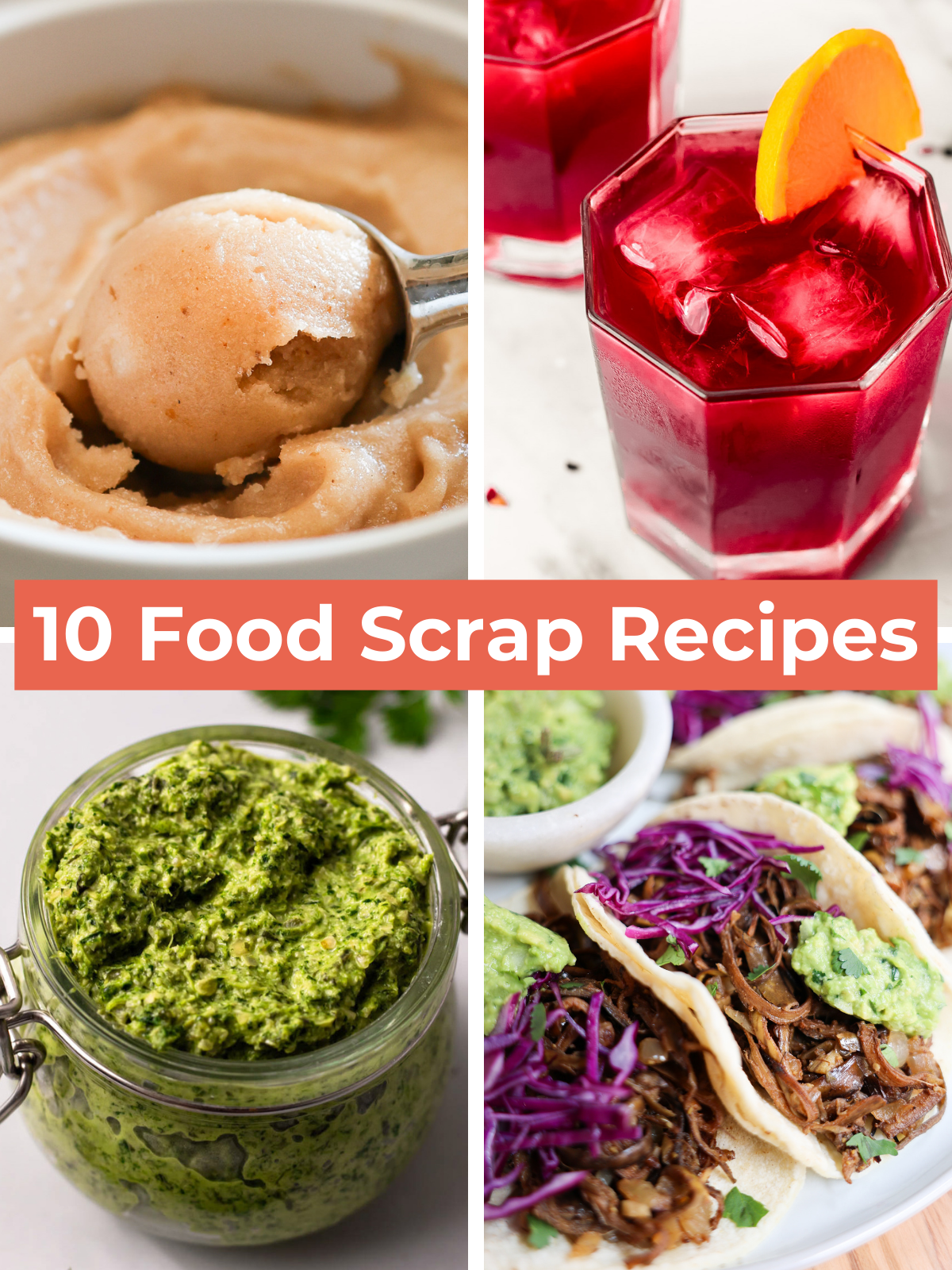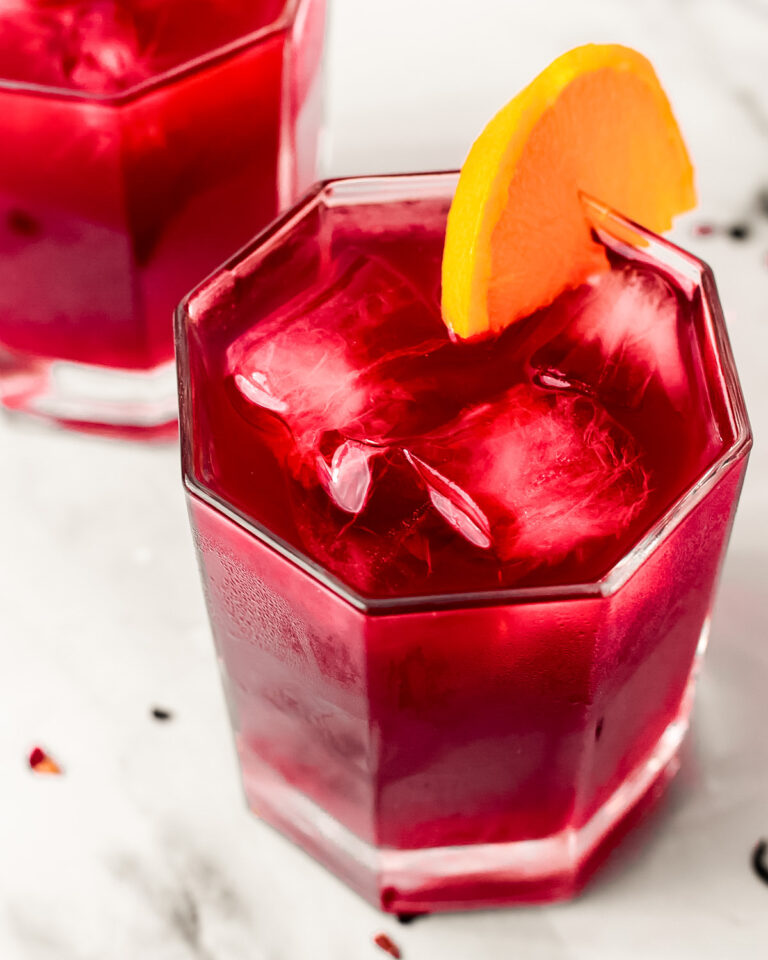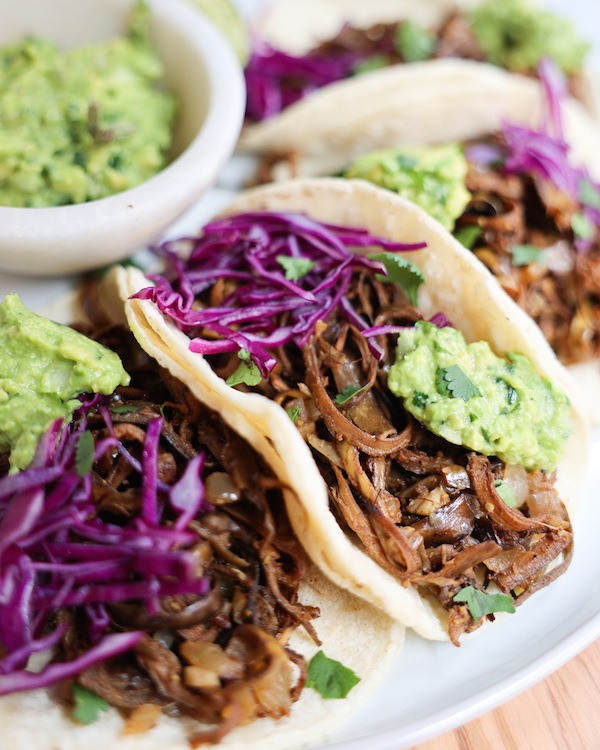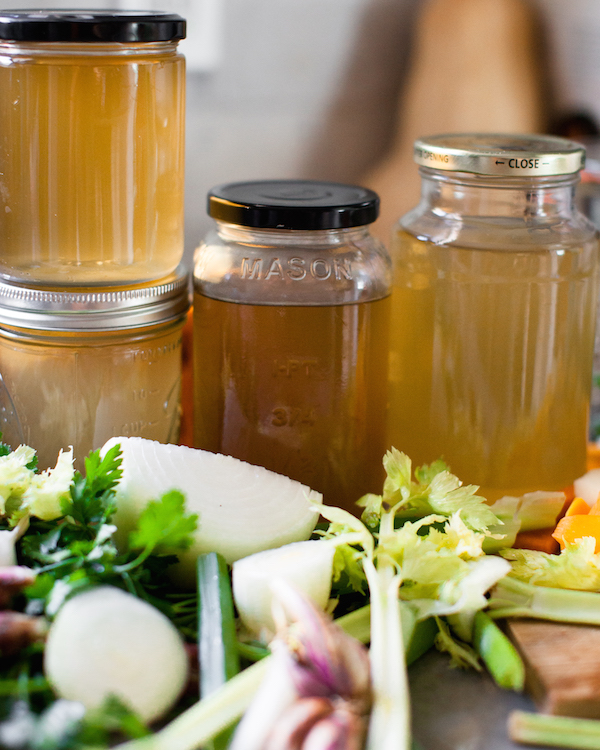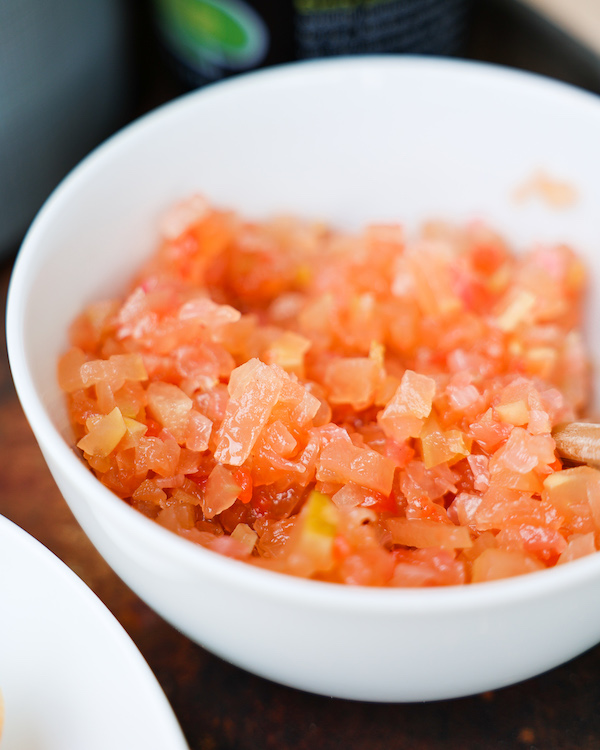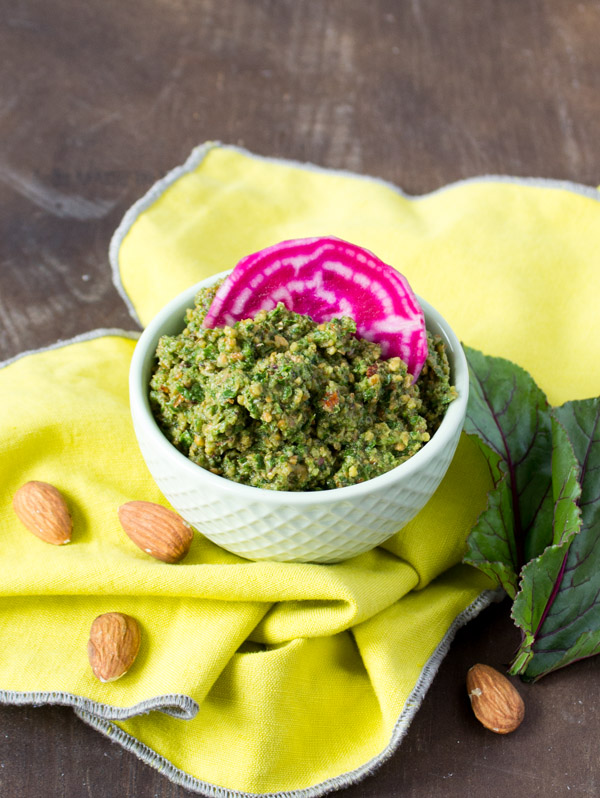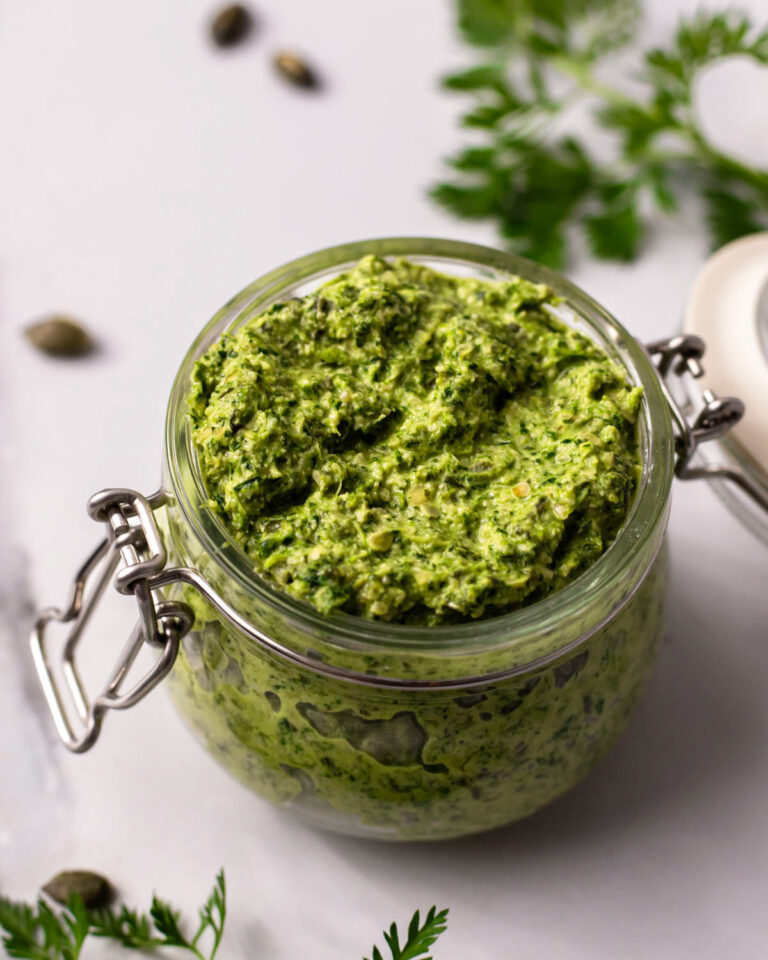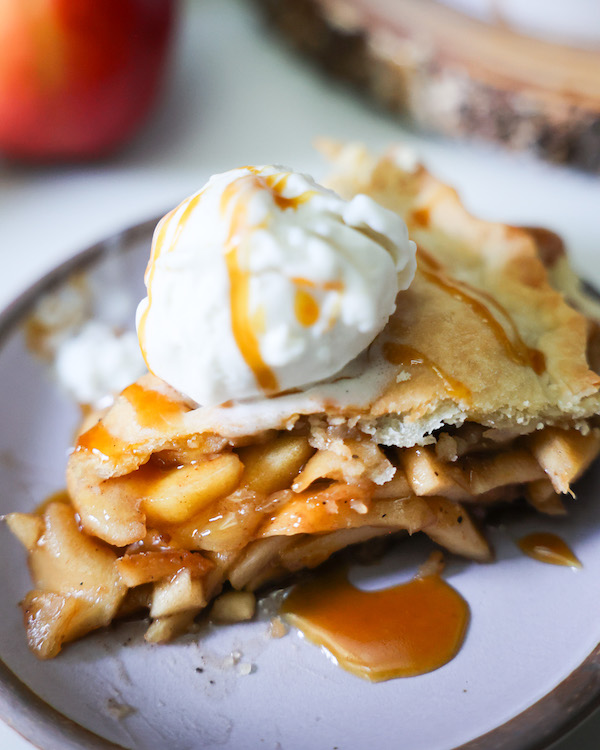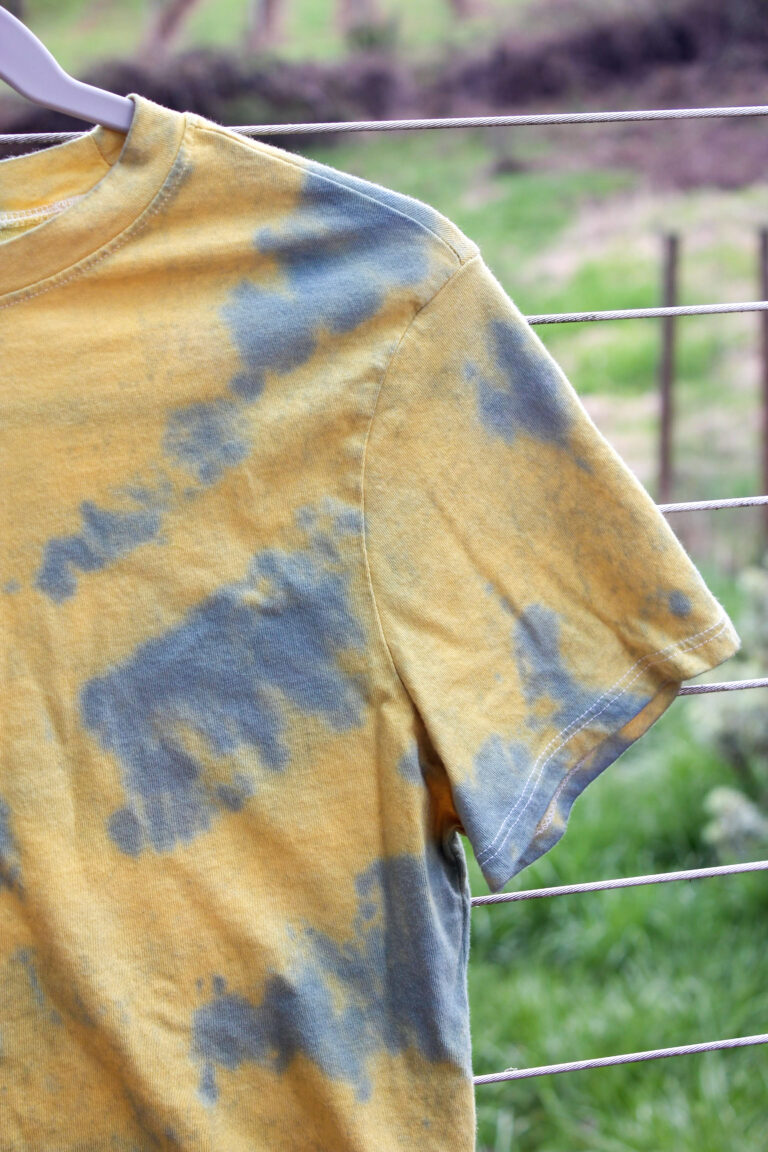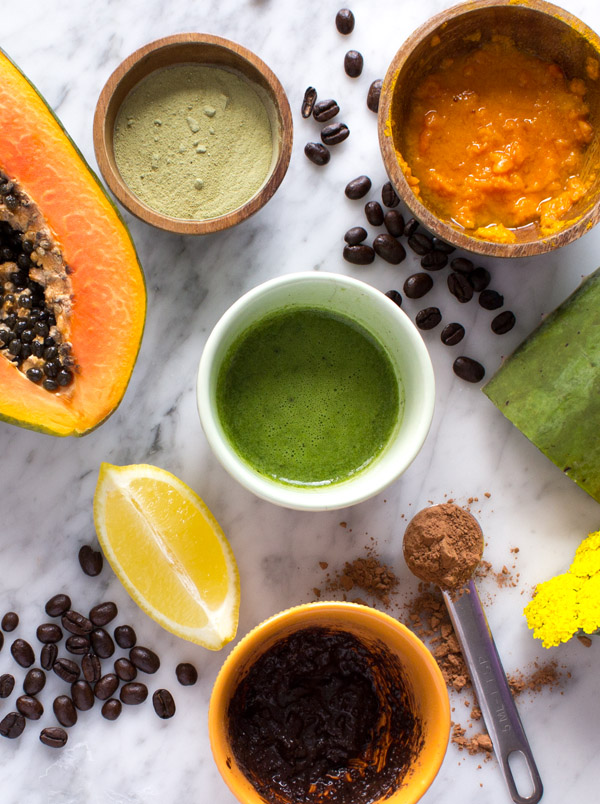Save money, be more eco-friendly, and cut back on waste with these delicious vegan food scraps recipes. So many of the foods we consider food scraps are actually highly nutritious, tasty, and 100% edible. If you were wondering what to do with food scraps, you have come to the right place.
Happy Earth Month! Our beautiful planet that we call home generously provides us with everything we need to thrive. We are given seeds to sow and water to irrigate on our plentiful farmland. Earth deserves to be celebrated everyday, but we should take extra good care of her in April and on Earth Day! “Reduce, reuse, recycle” can be applied to more than just paper and plastic. Reduce food waste by recycling the scraps to make something healthy and delicious!
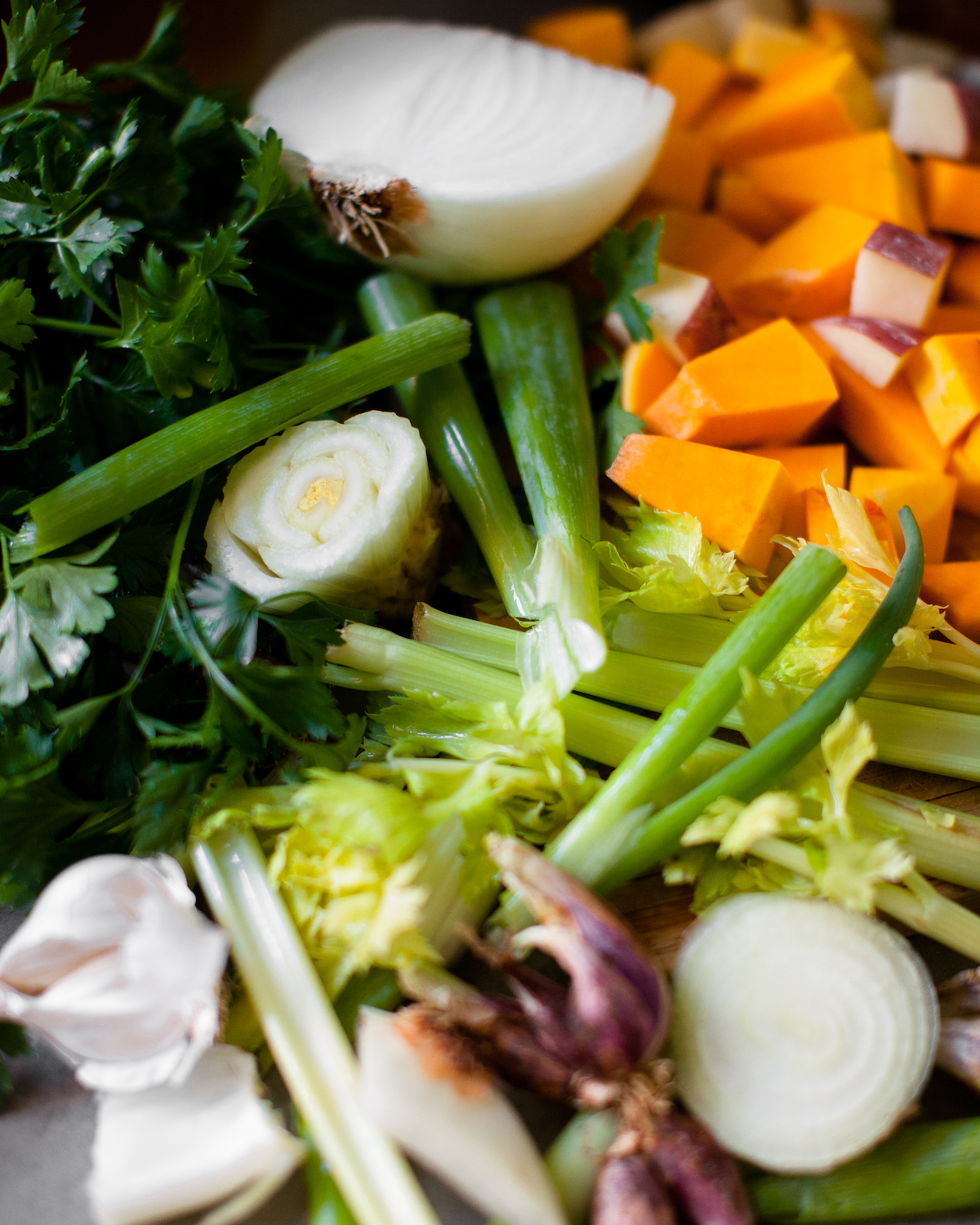
The uncomfortable truth is that over 90 billion pounds of food is wasted every year in the United States alone. That’s nearly 40% of our entire food supply; 50% of that is waste generated from the food industry itself. And while most of the waste comes from within the food industry, individual consumers can make a positive impact on food waste too. Even if it’s just in our kitchens, and for our own health.
Cutting back on household food waste has impacts other than environmental; you’ll save money, get more bang for your buck, spend less time grocery shopping, have less garbage to take out, and learn to be a more conscious consumer with healthier eating habits. It instills creativity in your food choices and forces you to step out of your comfort zone to try something new. I’ve experimented with quite a few different ways to reduce food waste by utilizing parts of foods that we may not normally think to use. Banana peel carnitas, anyone?
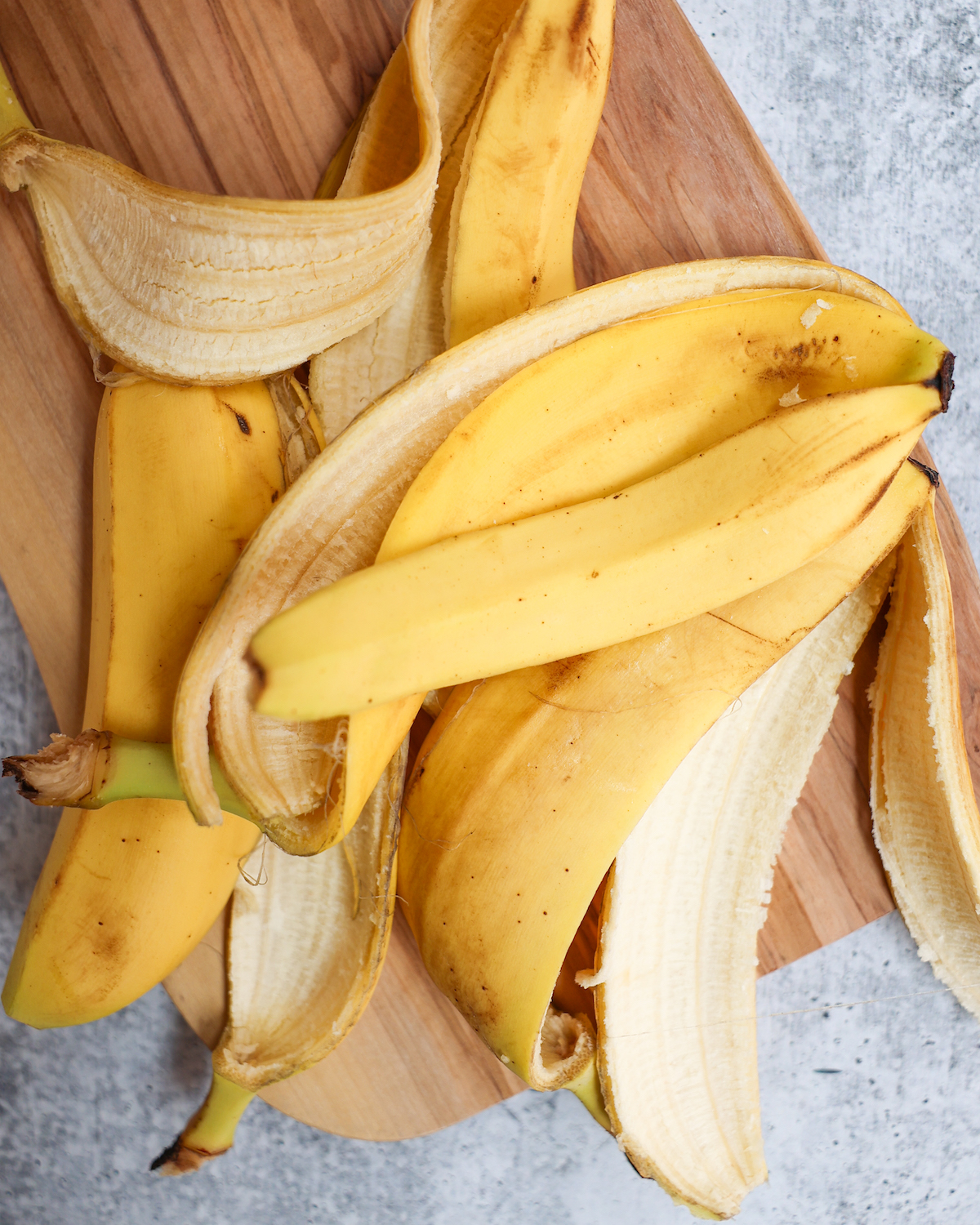
How to use food scraps
Of course you should make the delicious recipes linked below; but here are some very simple ways you can reuse food scraps everyday:
- Stop before you toss: Ask yourself, “can I do anything else with this food scrap” before tossing it out. For example, could you use the kale stalks after making a kale salad? Yes! Chop them up and sauté with garlic, or add chopped stalks to a soup. If you aren’t sure what to do with a scrap, head to Google or Pinterest for ideas.
- Save edible vegetable peels and mushroom stalks for stock. They are so nutritious, and make a very tasty veggie stock. This will save you money, and help you squeeze more nutrients out of your veggies.
- Think outside of the kitchen. Coffee grounds make a great skin exfoliator, orange peels make a fragrant cleaning solution, and overripe avocados make a moisturizing hair mask.
- Compost what you don’t use. Composting is the process of turning food scraps into nutrient rich soil for plants. You can compost at home, but it can be a lot of work. You can often drop off food scraps to collection bins at local community gardens, or pay for food waste pickup from a local composting company. If you go this route, keep a food scraps bin to collect food throughout the week. My bin is in the freezer to avoid stinky smells and attracting bugs.
Ten Food Waste Recipes
Pineapple Skin Tea
Another plant-skin recipe is this tangy pineapple skin tea. It’s refreshing and contains a ton of nutrients and it stays fresh in the fridge for up to a week. This tea can be served hot in the winter or cold in the summer, making it the perfect year-round drink.
Banana Peel Carnitas
These carnitas don’t taste like banana at all. After shredding the peel of the banana, cooking it down creates a meaty texture similar to pork carnitas. The banana peel carnitas are perfectly seasoned and make a great taco filling!
Homemade Vegetable Broth {2 Varieties}
You can save scraps like carrot peels, onion skins and cores, tops and bottoms from mushrooms and non-starchy vegetables, and greens to make a flavorful homemade broth. Freeze the scraps until you get enough to make a batch of broth, boil it, strain it, and use it any way you would use the store-bought kind.
Easy Overripe Pear Sorbet
This delicious pear sorbet is made with just 4 ingredients: overripe pears, a dash of maple syrup, a squeeze of lemon, and a dash of cinnamon. You can use any soft overripe fruit to make this no-churn sorbet.
Watermelon Rind Relish
Looking for a creative and delicious way to use up watermelon rind this summer? This watermelon rind relish fits the bill. Serve it with vegan hot dogs, on veggie burgers, and in potato salad.
Beet Green Almond Pesto
Beet greens are not food scraps, but they too often end up in the trashcan. Beet greens are similar to spinach and chard, and can be used interchangeably. I also love using the crunch stalks in soups and sautés.
Carrot Top Pesto
Carrot Top Pesto is made with carrot greens, garlic, oil, and lemon juice for a sauce or spread that is good enough to eat with a spoon! This recipe transforms an often discarded food scrap into your new favorite pesto.
Apple Peel Caramel
With apple peels and cores, you can make a sweet apple peel caramel. It can be used as a topping for pies or cakes or even in sparkling water for a homemade apple spice soda.
Natural Fabric Dye
For scraps that can’t be turned into another food like avocado pits and skins, turn them into fabric dye. Upcycle old, white clothing that needs new life by giving it some color. Avocados make a beautiful pinkish-hued dye!
